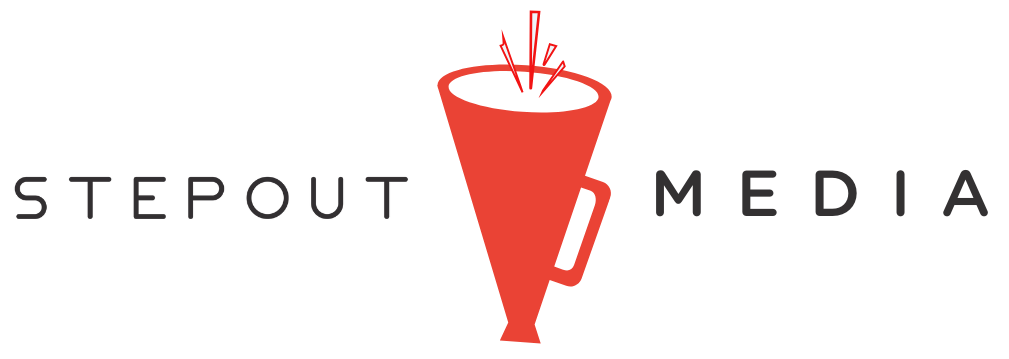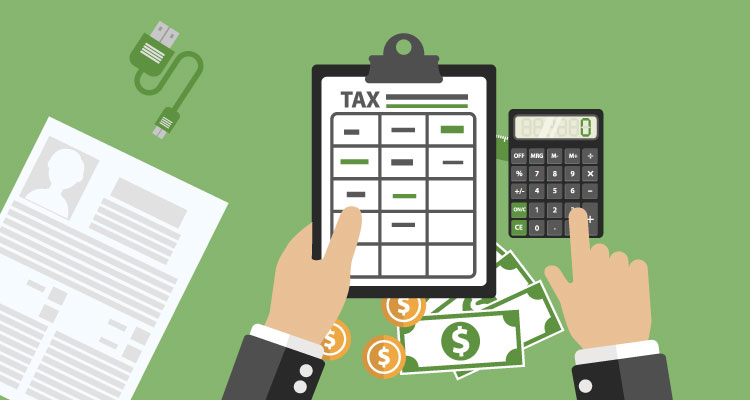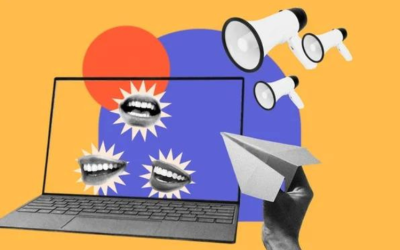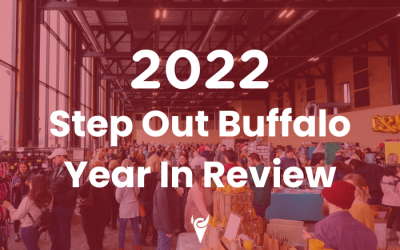COVID has affected businesses in almost every imaginable way throughout 2020.
Financially, emotionally, physically. Just keeping your head above water and adapting to keep things running has been an almost a full-time job, let alone trying to stay up-to-date on the latest legislative rollouts of COVID relief rules and changes.
As we head into the end of 2020, many questions remain on how exactly all of this will finally hash-out for businesses. With action being required even with this uncertainty still in place, we’ve put together a list of the top things you should know as you look to maximize COVID relief benefits for your business, and some additional ideas on options for reducing your taxable income this year to find yourself as many helpful pennies as possible.
1) If you took PPP money- make sure you know where it, and you, stand as the year ends
Reminders on forgiveness and spending:
- Your payroll spending component must be at least 60% of your PPP funds (remember it was originally 75%).
- Your risk of forgiveness reduction is generally tied to failing to fully restore headcount and/or salaries by 12/31 (salaries can’t continue to be reduced by more than 25% compared to 2019).
- If you had headcount reductions, but because employees refused to return, make sure you have documented refusals to return to work (notices of rehire eligibility and proof they didn’t return or documentation of them declining) AND also proof that you contacted the unemployment office to let them know the person refused to return (within 30 days of their refusal) in order to have the loss of this headcount exempt from forgiveness reduction.
- Note that there will be no “Double Penalty” for salary decline due to FTE reduction – Under the Forgiveness Rules, to ensure that borrowers are not doubly penalized, the salary/wage reduction applies only to the portion of the decline in employee salary and wages that is not attributable to the FTE reduction.
- Remember these forgiveness requirements are almost completely eliminated for PPP loans given under $50k (hoping this will be expanded to under $150k), making the application much simpler for these loans. There are also reduced forgiveness requirements for all PPP recipients who can prove they were unable to rehire to their “normal” headcount by 12/31, despite their best efforts, OR those who can document an inability to return the business to the same level of activity as it was operating at on or before 2/15/20 due to compliance with requirements/guidance established by local/state/federal agencies.
- Right now, the IRS is doubling down on their determination that expenses which would otherwise be deductible that were paid with PPP funds (and forgiven) cannot be deducted for federal tax purposes. This could have big tax implications for 2020, so we encourage you to keep this in mind as you read through other tips on how to reduce your taxable income listed in this article.
Our Tips for you for PPP:
- If your loan was under $150k, wait to spend valuable time or money on your forgiveness application now. Congress is still pushing action to change the forgiveness rules in employers’ favor for these loan amounts.
- Businesses may also want to hold off on tax prep if PPP money was used for expenses and there is uncertainty about forgiveness amounts, considering the continued battle on the tax-deductible rules of PPP spending in Congress that perhaps could be changed before the tax filing deadline.
- Make sure if you paid any employees COVID leave (FFCRA/CARES Act Leave) during your PPP period, you are not including this money toward your PPP payroll spend figures, as this is not allowed.

2) Don’t leave money on the table with CARES Act/FFCRA COVID leave FICA tax credits going unrealized
- If employees missed time due to COVID quarantine, testing, travel, or illness, you should have paid them for that time off under FFCRA leave, and received a FICA Federal tax credit for an equal amount. If you paid these employees through other means and therefore this wasn’t subsidized by the tax credit, make sure you make these corrections by year end if you can.
- When accounting for employee payments of this COVID leave, make sure you include medical costs incurred by the business as well- if you pay a portion of the employee’s medical premium, this should be accounted for in the tax credit also for the leave period. You also should make sure the portion of an employee’s wages that go toward any retirement contributions are included.
- Make sure to have employee affirmations for any employees who used and were paid for this COVID leave. This should document dates of usage, inability to work from home, and reason for the use.
- Check with your payroll provider to make sure you are using the correct coding to account for the COVID leave. (differing EPSL and EFMLA, AND certainly different for all other non-COVID leave purposes).
- Make sure you have good record keeping for all FFCRA payments in terms of how you calculated what was to be paid to the employee.
- Tax implications to remember:
- FFCRA payment credits to an employee are treated as government payments to the employer that must be included in the Eligible Employer’s gross income
- Thus, an Eligible Employer may not claim a credit under other leave deduction eligibility provisions for FFCRA leave payments. It’s important also for this reason that FFCRA wages be separated out from other leave payments in payroll.
- Remember FFCRA paid wages do not count as payroll costs under PPP spending.
- FFCRA payment credits to an employee are treated as government payments to the employer that must be included in the Eligible Employer’s gross income

3) Consider other options to reduce your tax liability this year, and in future years for your business
- Have you heard of the WOTC employee tax credit that’s always out there?
- This program allows employers to take tax credits for hiring individuals in certain categories including the long-term unemployed, ex-felons, those who received certain SNAP and other benefits, and more. Certainly many more people will belong to these categories after COVID. Eligibility just requires an employees to compete a simple form at onboarding, and then mailing this into NYS. Employer’s can receive up to a $2,400 for each employee who qualifies! That’s BIG money on the table.
- This program allows employers to take tax credits for hiring individuals in certain categories including the long-term unemployed, ex-felons, those who received certain SNAP and other benefits, and more. Certainly many more people will belong to these categories after COVID. Eligibility just requires an employees to compete a simple form at onboarding, and then mailing this into NYS. Employer’s can receive up to a $2,400 for each employee who qualifies! That’s BIG money on the table.
- Are there other creative ways to spend money that meets other obligations AND has a tax benefit?
- Think about payouts of excess vacation time this year, hardships of paying cash bonuses, etc. Instead of paying money out to employees in the form of cash, letting them rollover an excessive amount of time that will create financial liability later, etc. perhaps you want to consider making contributions to employee retirement plans, HSAs, etc. which have added tax benefits for the business.
- Think about payouts of excess vacation time this year, hardships of paying cash bonuses, etc. Instead of paying money out to employees in the form of cash, letting them rollover an excessive amount of time that will create financial liability later, etc. perhaps you want to consider making contributions to employee retirement plans, HSAs, etc. which have added tax benefits for the business.
- Are there expenses you know you will need to incur coming up, that if spent now, would help solve a taxable income issue for this year?
- If you were fortunate enough to have a good year due to COVID, or perhaps the PPP forgiveness and expense ruling is potentially going to create a tax-bracket issue for you, consider making purchases you know you need to make in 2021 now.
As always, the information provided here are general tips and info, and is certainly not exhaustive when it comes to considerations you should make, specific scenarios for your business, etc. We always suggest consulting a professional as you consider any decisions on these topics. This information was assembled with the help of Mark Nickerson, CPA; and John MacDonald of Harbortown Financial Group, so we encourage you to reach out to either of them should you be looking for some tips and help this tax year!

Have a question about this information, a tough situation you’re unsure how to handle, or just looking for some reassurance? We can help! Ally HR Partners helps HR people, business owners, and other people leaders who are overwhelmed or unsure tackle their problems, and strategically plan to prevent them in the future! Reach us at Emartin@AllyHRPartners.com.
This post was written by Emily Martin, Owner of Ally HR Partners LLC, a Buffalo-based HR consulting firm that helps small businesses identify and implement custom solutions to their people problems and opportunities. Often a business’ #1 expense, Ally HR Partners believes your people should be your #1 asset. Through an integrative partnership approach, Ally becomes your internal expert on all things HR including compliance assurance, performance management, and strategic HR initiatives designed to make the most out of your Human Capital. For more information about how Ally can work for you, visit AllyHRPartners.com.
















